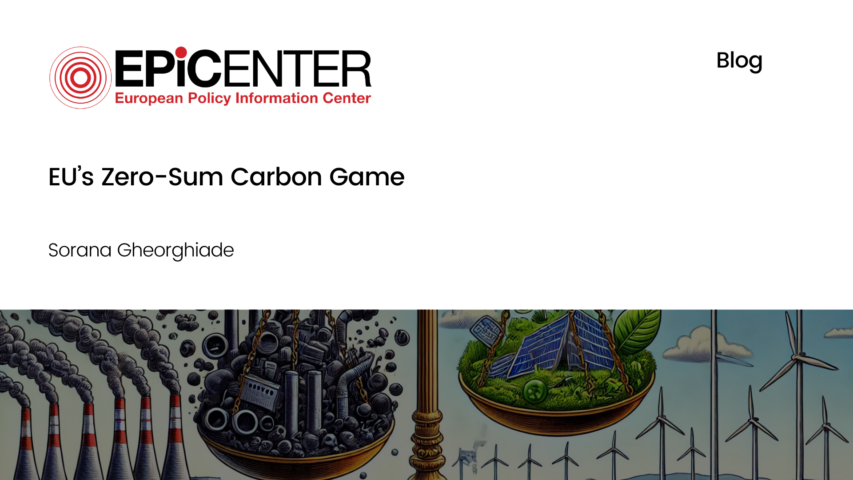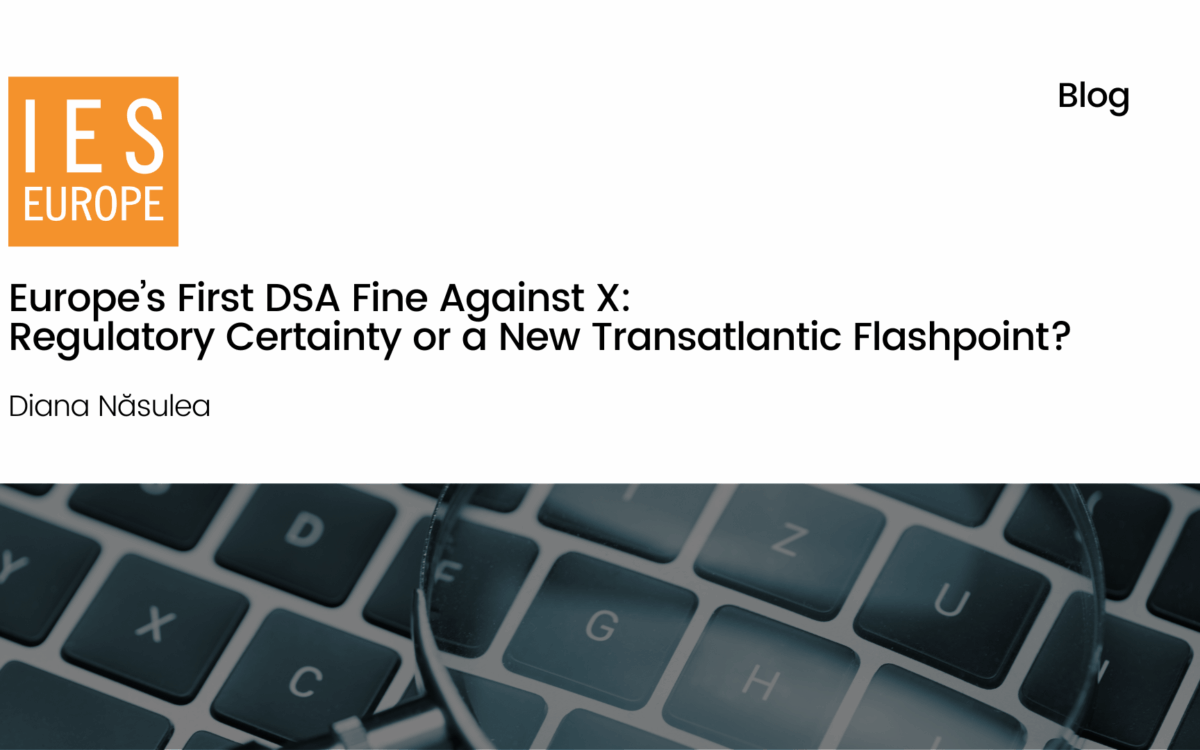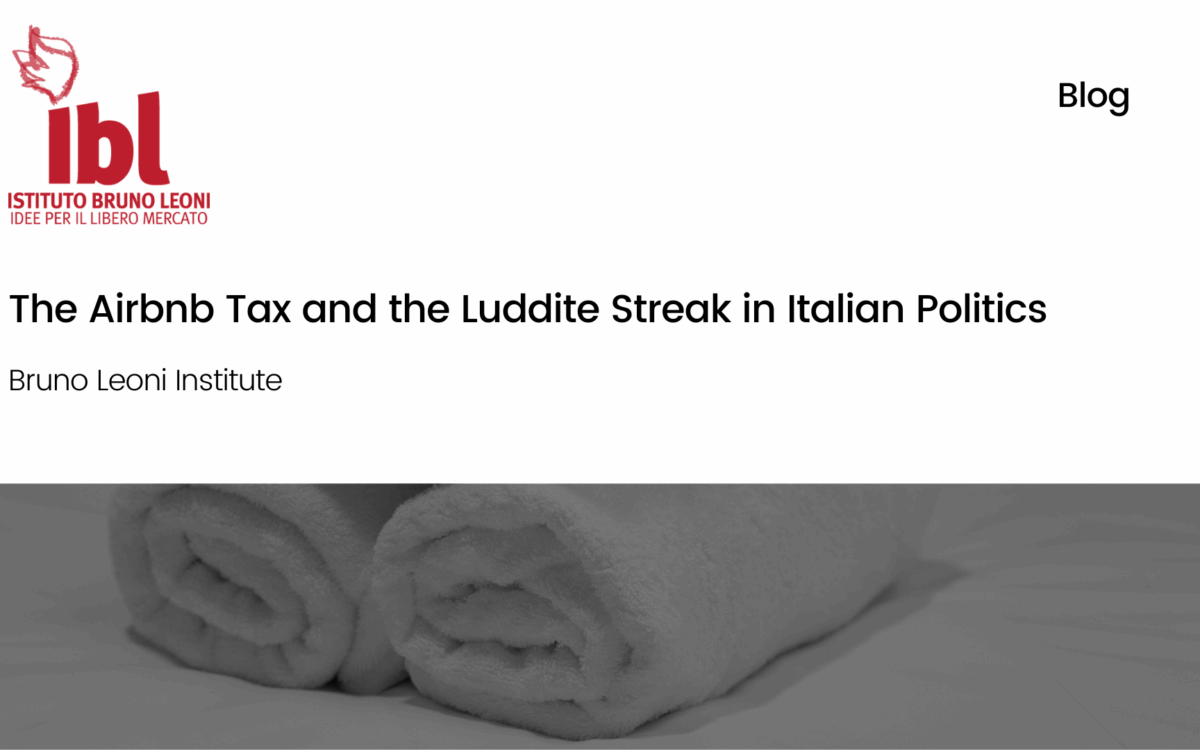EU’s Zero-Sum Carbon Game

EU’s Zero-Sum Carbon Game
Sorana Gheorghiade // 7 August 2019
More than three years since the signing of the Paris Climate Agreement, most of the EU member states are on board for the newly set 2050 carbon neutral target. With the Union responsible for 10% of global greenhouse-gas emissions, this long-term strategy aims to achieve the initial goals agreed upon in Paris 2016 and add a series of promising energy-efficient measures. Cutting emissions by more than 40% in the next 10 years is a bold objective in itself. However, bigger, energy intensive nations such as China and the United States cumulated account for 41.8% of the world’s CO2 emissions, demonstrating that the EU might not be such an important player after all.
With this in mind, might achieving carbon neutrality in the next 30 years be too ambitious? And if so, at what economic cost? Maybe the states that are not on board know something we don’t. The polarised nature of this debate – between the western bloc and the Visegrad group, namely Estonia, Poland, the Czech Republic and Hungary – is linked to the domestic economic discrepancies and complexity of the modernisation process. Unfortunately, even with the EU successfully reducing its carbon emissions to 0%, there are bigger players in this environmental arena.
Like looking at a labyrinth on a paper, just because you see where to start and where to finish does not necessarily mean you will effortlessly find your way out. Preventing the effects of global warming is no easy task and involves economic, industrial and societal transition plans. Environmental degradation and traditional energy production are inseparably related, though overlooked until recently. At the global level, the share of renewables in total energy demand is limited to 10.4%, while fossil fuels have maintained a constant share of 81%.
Adopting a carbon-neutral way of life costs money, but the benefits could still be enormous for future generations. Miguel Arias Cañete, the European Commissioner for Climate Action & Energy said that “going carbon-neutral will spur investments in European clean-energy solutions of up to almost 300 billion euros ($339 billion) a year”. And the spill-over of positive externalities does not end here. Air pollution is a big threat to the ozone layer, mainly due to ammonia emissions and the combustion of fuels. Moves to limit climate change could also combat these problems, for instance, farmers could be incentivised financially by the governments to adopt more innovative technologies, low-emission farming, and advanced biofuels as part of a reform to the CAP that reduced other subsidies.
In the summit on the 20th of June, Poland lead the opposition, with support from the Czech Republic and Hungary. One of the reasons for such strong opposition is the great coal-dependence of Eastern European countries. Specificities of member states should therefore be taken into account in evaluating how ready they are to adopt climate protection measures. Capitals have until the end of the year to improve their plans. The European Commission estimates the full modernisation of carbon-producing industries would require €175 billion – €290 billion investment in energy infrastructure annually. This was seen as a big impediment for The Czech Republic, Estonia, Hungary, and Poland – the 4 states blocking the further development of the 2050 target deal.
The main reason behind this 2050 aversion by Poland is protecting the interests of Polish entrepreneurs. The government decided not to have them bear the risks of additional taxation and transformation costs necessary for the modernisation of several sectors. The domestic state of economic development is not in line with Western Europe, considering that Poland consumes roughly half of the energy per capita of the Western countries. Therefore, modernising individual sectors of energy production and restructuring their distribution into an environmentally friendly mechanism consumes more of their respective capital than it does for their westbound partners. Key pressuring roles are also played by the coal industries and fossil fuels distributors who kept a reluctant attitude towards the initiative.
Meanwhile, Hungary also considered supporting the 2050 goal a few days before the summit but stressed the role of nuclear energy. However, their veto on the EU-2050 target is due to “enormous costs” that will turn into “a burden to the industry”, shown by the dependence of renewables on EU funding. The Hungarian government is quite content with its success in maintaining low household utility costs and estimates a 30% to 40% rise in electricity bills with the implementation of the new European emission-neutral measures. On the other hand, a $1 billion carbon-neutral town is to be built from scratch in the northwest of the country. Powered by biogas and solar power, this infrastructure is proof of the forward-looking approach of the member state. The other opposition partners, Estonia and The Czech Republic refused to endorse the date unless wealthier countries would foot the bill. Their main demand is a very detailed compensation package.
But this is not just about the money. The reason why unanimity could not be achieved is also the narrow interests of the eastern states’ polluting industries. Protecting the needs of businesses and citizens comes as a priority for the V4 states, put above the well-being of the environment; hence the two-sided opposition. However, even with the greatest effort of all European member states, the remaining carbon polluting states, accounting for 90% of emissions are actively worsening the situation. Therefore, unless states like India, China or the US adopt a similar deal, adopting the 2050 deal simply might not be worth it.
EPICENTER publications and contributions from our member think tanks are designed to promote the discussion of economic issues and the role of markets in solving economic and social problems. As with all EPICENTER publications, the views expressed here are those of the author and not EPICENTER or its member think tanks (which have no corporate view).



